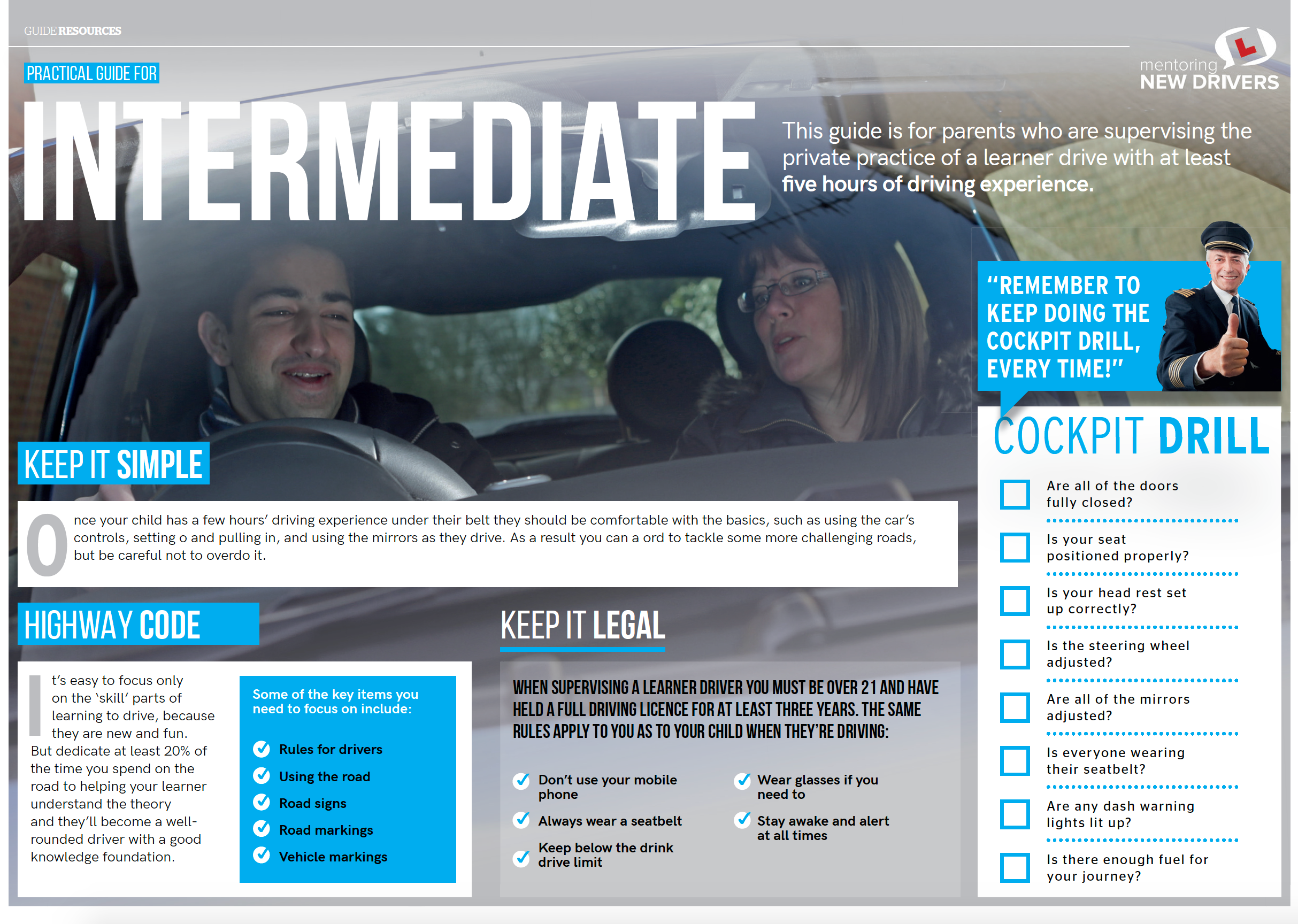Private practice
When your child is learning to drive, sitting with them so they can gain extra experience behind the wheel is invaluable. Called private practice, this extra time spent driving will boost their confidence and should reduce the amount of time they need to spend with a professional instructor. However, it must be seen as a supplement to professional instruction - not as a substitute for it.
Watch a short video on private practice
FREE DOWNLOAD
When you're supervising your child there's a lot more to consider than you might think, and to help you keep track of it all we've created a comprehensive guide for you to download.
When someone is learning to drive it’s essential that everything is planned properly, rather than just left to chance. Just jump in the car and go, and the chances are that all sorts of scenarios will never be covered in the learning process. Not only will that leave the new driver exposed during the testing process, but they’ll also be at a disadvantage once they’re driving unaccompanied.
This is why it’s important to plan lessons as much as possible. Clearly you can’t set up the weather, the traffic or any hazards, but you can try to ensure that between the start and end of the learning process, as many things are encountered – and successfully dealt with – as possible. For example, you need to ensure that traffic lights, bus lanes, roundabouts and crossroads are successfully negotiated, along with cyclists, multi-lane roads (usually dual-carriageways), roadworks and all of the other things that can make driving less than straightforward.
As already mentioned, as a parent it’s not up to you to set the pace as far as what’s covered and when, but these practice guides will give you an insight into how your child’s instructor should be structuring the learning process. Below are the key things that you’ll need to cover when you accompany your child as they practise their driving, so when planning make sure you’ve taken them all into account. Don’t work ahead of what your child has covered with their instructor, so make sure you talk regularly with them to see what’s been achieved so far.
Cockpit drill
Moving off and stopping
Approaching junctions
Emerging
Meeting traffic
Emergency stop
Pedestrian crossing
Hazard awareness
To help with your private practice sessions, we've created these short guides for you to download and use in-car
Beginners
CLICK here TO DOWNLOAD THE CHECK SHEET FOR LEARNERS WITH LITTLE OR NO EXPERIENCE BEHIND THE WHEEL.Intermediate
CLICK herE TO DOWNLOAD THE CHECK SHEET FOR LEARNERS WITH 15-20 HOURS OF PROFESSIONAL TUITION UNDER THEIR BELT.EXPERIENCED
CLICK here TO DOWNLOAD THE CHECK SHEET FOR THOSE WITH 20+ HOURS OF PROFESSIONAL TUITION.



